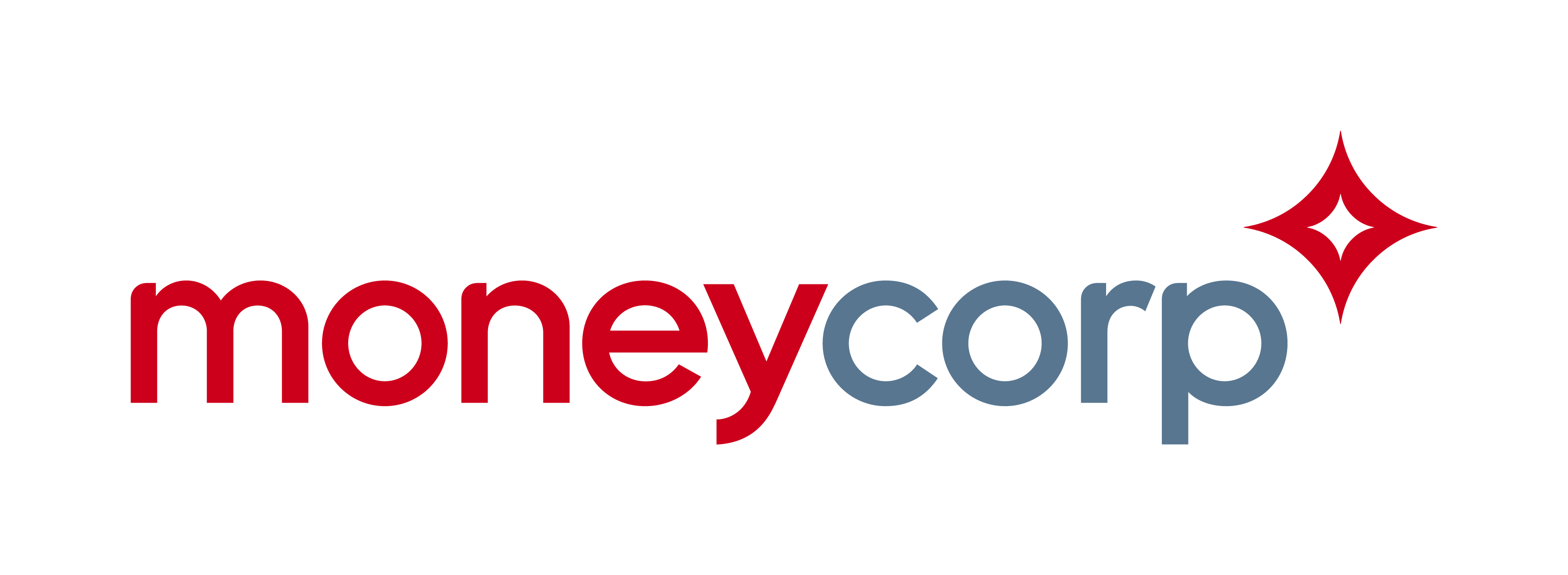Weekly Brief

Greenback still in retreat
6 minute readGBP
Lack of inspiration on almost every front left most currencies to drift back and forth at the whim of wind and tide. On average, sterling was unchanged on the week. Its biggest loss was the cent and three quarters it conceded to the Canadian dollar; its greatest success was the four fifths of a US cent, which it picked up. For April as a whole, the pound is down by an average of 1.3%, with only one win: it is up by two and a quarter US cents, 1.6%.
The few UK economic data presented the pound with no problems. Last Friday’s provisional purchasing managers’ indices were really quite impressive. The services sector reading at 60.1 was an 80-month high and the 60.7 for manufacturing was the highest since July 1994. The only other ecostat was the BRC’s shop price index for April, which was 1.3% lower on the year. The BRC believes that “falling prices are unlikely to last”.
EUR
The provisional PMI for manufacturing in the Eurozone was even more impressive than Britain’s. It came in at a record high of 63.3. Services looked less remarkable at 50.3 but even that was an eight-month high. The other pan-Eurozone statistics were the European Commission’s confidence measures. Most were higher on the month, with consumer confidence exceeding its long-term average for the first time since March last year. At a national level, IFO’s survey of business confidence found companies slightly more content with the current situation but less optimistic about the future. Almost half of those canvassed are worried about supply issues, especially with regard to microprocessors. German firms’ order books are full but they cannot get hold of essential components.
On average the euro was a touch higher. It strengthened by a fifth of a cent against sterling and added almost one US cent. For the month of April, the EUR is 0.5% firmer, four US cents to the good and two cents higher against the GBP.
USD
The dollar has been on the retreat for more than 12 months. From its high in late March last year it has fallen by an average of 17% and it is down by 20% against sterling. In April, the dollar’s average loss has been 2.9% and in the last seven days it went down by 0.7%, giving up four fifths of a cent to the pound. Traditionally, such a performance would have at least something to do with poor economic conditions but that is not at all the case with the dollar today.
The recent US ecostats have been anything but poor. House prices are up by an annual 12% or more according to S&P and the FHFA. Markit’s provisional PMIs show private sector output growth reaching new highs. Consumer confidence rose sharply again in April but on Wednesday, the Federal Reserve reiterated its commitment to an indefinite period of near-zero interest rates. Investors had been hoping for something a bit more hawkish and all they got was a dismissal by the Fed of “transitory” upward pressure on inflation.
CAD
The Bank of Canada has recently taken a different position from that of the US Federal Reserve. It will be tapering – winding back – its purchases of bonds. That announcement a week and a half ago set the CAD on a different course, ploughing its own furrow instead of following along with the USD. The divergence continued this week, with the Loonie strengthening by 1.6% against the Greenback.
BoC Governor made an appearance on Tuesday at the House of Commons Standing Committee on Finance to talk about the BoC’s Monetary Policy Report. In his opening statement, he confirmed that the policy interest rate would not rise “until economic slack is absorbed so that the 2% inflation target is sustainably achieved”, perhaps in the second half of next year. The only Canadian ecostats were for February’s retail sales. They were good numbers, and helped the Loonie on its way.
AUD
Of the four sets of Australian economic data this week only one made a difference. Import and export prices were both lower on the year after rising in the first quarter. Producer prices went up by 0.4% in Q1 but were only 0.2% higher on the year. Private sector credit was up by an annual 1%. None of those really affected the AUD. It was the consumer price index numbers that got it going, and not to its advantage. Analysts had forecast a 0.9% quarterly rise for prices in Q1, which would have put headline inflation at 1.4%. Instead, investors were presented with figures of 0.6% and 1.1%. The data put no upward pressure on interest rates, causing the AUD to lose ground.
Nevertheless, it is unchanged on average and flat against sterling for the week. In the last month, the Aussie has weakened by an average of 0.6% against the major currencies.
NZD
The Kiwi was one of the week’s better performers, strengthening by an average of 0.2%. It is also among the leaders for April, in joint third place with the CHF behind the Northern Scandinavian crowns. The NZD is two thirds of a cent higher on the week against sterling after four changes of direction.
The official data from Statistics NZ went no further than the balance of trade for March. The surplus narrowed as imports rose 11% and exports went down by 2.3%. Subjective data from the private sector covered business and consumer confidence. ANZ’s Business Outlook showed business confidence jumping six percentage points in April to a net -2%, with all activity indicators “much higher in the late-month sample than in the preliminary read”. Consumer confidence from the same source went up four points to 115. Respondents foresaw house prices rising 6% per annum in the coming two years, with general prices going up by 4.7%.


